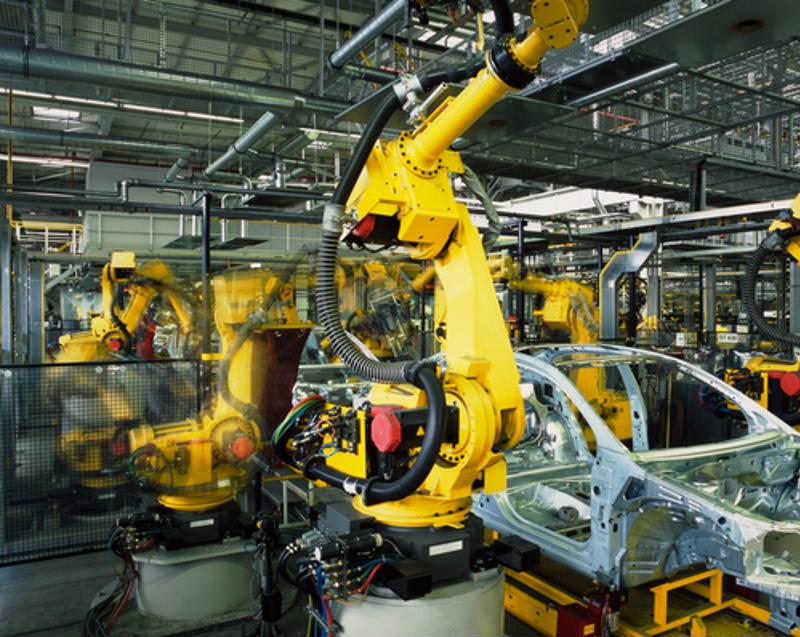

Where there are vehicles, there will always be brakes. No matter what other trends affect the demand for cars and trucks, it appears the market for brakes and the components thereof will always exist in some form. Even if the autonomous vehicle comes into common use more quickly than expected, these computerized cars will still require precision stopping mechanisms.
Despite the constant need for brakes, there are a few factors that can cause the market for these parts to become stronger or weaker. For instance, changes to regulations or to the widely accepted state of the art will make demand fluctuate. Sticking with older braking systems becomes untenable when there are breakthrough developments, or when rules tighten. These are times when development of new products kicks into high gear.
The following are a few dispatches from the present-day braking market, pointing to demand patterns expected to develop over the next few years.
Commercial vehicle demand stays strong
Technavio research on the upcoming dynamics of commercial vehicle brakes pointed out that when companies are buying lots of new trucks for their fleets, this sector flourishes. Conversely, a wait-and-see stance from vehicle operators can lead to muted brake demand. The research organization predicted that the next few years will see plenty of purchases, and therefore brake producers should find plenty of need for their latest products.
Analyst Amey Vikram stated commercial trucks have been involved in many collisions over the past few years. This has led vehicle manufacturers to go back to the drawing board and improve their safety systems, brakes among them. They are outfitting their trucks with the latest and most advanced new brakes, and offering these revised vehicles up to fleet owners who want to boost their own safety records.
As for the kinds of developments driving the sector, Technavio pointed to three trends. The first of these priorities is electronic braking for medium vehicles that will deliver better force distribution. The next is the development of lighter braking systems among suppliers. The third is continued experimentation with the kinds of automated braking systems that will be necessary in driverless trucks.
Actuation market
For a look at a different slice of the braking market, there's Future Market Insights' assessment of where brake actuation demand is going. The devices covered include boosters, fluid reservoirs and tandem master cylinders. According to the site, the need for these parts is on the rise. New regulations coming into force around the world demand better braking performance, and companies are stepping up their development to cope. Furthermore, consumers are coming to expect more advanced braking features and making their purchases with this in mind.
As for the factors that could keep this market from reaching its greatest potential, the researchers listed a few: If the costs of technology grow too high and individuals slow their tech adoption, the market will naturally struggle. Safety-conscious consumers ready to buy new cars are the main force keeping brake development vital, and as long as the cost of doing so isn't too great, they may power brake progress in the near future.

Caught between two eras
Traction Life noted the divide remains between disc brakes and drum brakes. The former has become a popular option, with the latter hanging on due to factors such as lower relative cost. Automakers interested in creating affordable, entry-level vehicles have incentive to keep employing drum brakes, even though discs have become popular in recent years due to the reduced impact of brake "fade" due to heat build-up.
There is a compromise available for companies that are not yet ready to commit to disc brakes all around: Traction Life added that since it is the front brakes that take more of the weight when stopping a vehicle, upgrading these to discs has more of an impact than changing rear brakes. Discs in front and drums in the rear may be a sufficient package for some drivers.
A symbiotic kind of development
The automotive market as a whole will always be tied to braking. Cars and trucks need to stop, and demands are growing ever more stringent. Working with new technologies to prevent more accidents in the future is the focus of development around the world, and the years ahead seem like a great time to introduce new designs.
Companies working on new products for auto braking can take advantage of a complimentary brake testing consultation from Greening to make sure they're on the right track.